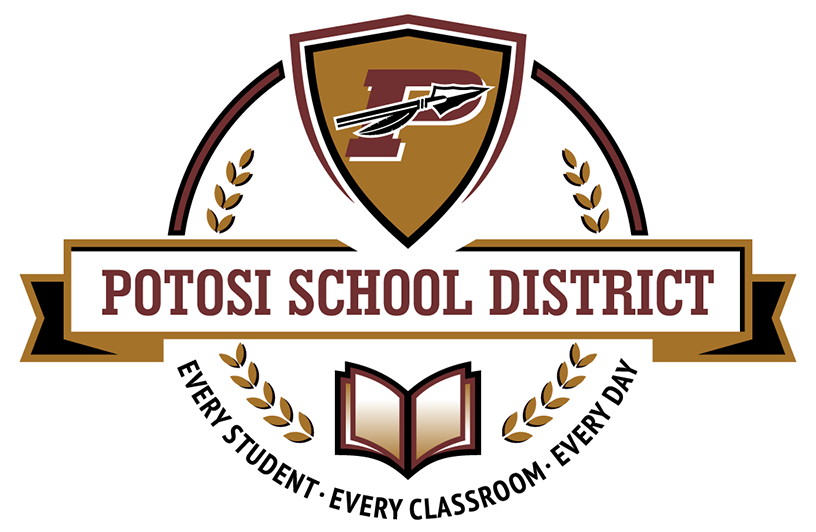Lucas Kieffer came to Potosi as a junior. During the 2022 Trap Team season, he surprised everyone. With his trap shooting average looming around 23.5, everyone wondered how he got so good.
Lucas’ trap skills were developed through live pheasant hunting trips. Shooting trap mirrors the sport of wing shooting. Trap shooters shoot clay pigeons from a thrower that is programmed to mimic the unpredictable nature of a bird being flushed.
Pheasants are not predictable, and pheasant hunting isn’t as easy as trap shooting. Shooters just need a gun. Hunters need a lot of good tools to succeed. One of the most important tools is a trained hunting dog. It just so happens that Lucas has 23 well-trained hunting dogs.
“The worst part about having 23 dogs is definitely cleaning out the kennels and the smell that comes with that,” said Lucas. “Raising and hunting dogs is not an easy task, but I do love it.”
Lucas helps run his family business called Point and Flush Gun Dogs located here in Potosi. They raise a combination of English Setters, German Shorthairs, and Labrador Retrievers. In the business, the goal is to train the best of the best hunting dogs. To do this requires a lot of patience and time.
It starts with introducing a pup to the bird’s scent and wing, and then the dog needs to get used to stopping and pointing. After a dog is comfortable with the scent and wing, they send the dogs to field training and trials. They must pass the test to move on to the next task, which is actually hunting with their owner. Each dog is graded on their hunting performance, and their grade determines the amount of money hunters are willing to pay for the dog.
An indication that a dog is a great hunter is its ability to stop and freeze when they find a bird and not flush it until the hunting party can surround the bird to get a good shot. The dogs must practice restraint. The process of training dogs to be the best hunters possible takes about a year.
Point and Flush Gun Dogs sends their dogs-in-training to a youth hunt to introduce kids to the sport of pheasant hunting. At the youth hunt, Point and Flush Gun Dogs teach the young hunters about the animals, both the dogs and the pheasants.
Training dogs is not the only thing the business does. They also stock and release pheasants on their land, which helps the DNR increase the pheasant population in Wisconsin and provides another stream of revenue for Point and Flush Gun Dogs. Each year they release 2500 hens and 800 rooster pheasants.
They work with Pheasants Forever and McFarland Pheasants, two organizations that have the same goal in mind: to increase the pheasant population and the quality of life for the pheasants. They connect with other pheasant lovers through these organizations, and many of these people buy dogs from them.
Lucas says, “There is nothing more rewarding than watching the dogs we raised and trained have a successful hunt.”
Lucas definitely has a leg up when trap season rolls around. Trap season lasts six weeks in the spring, but Lucas practices all year long while he trains his dogs.
